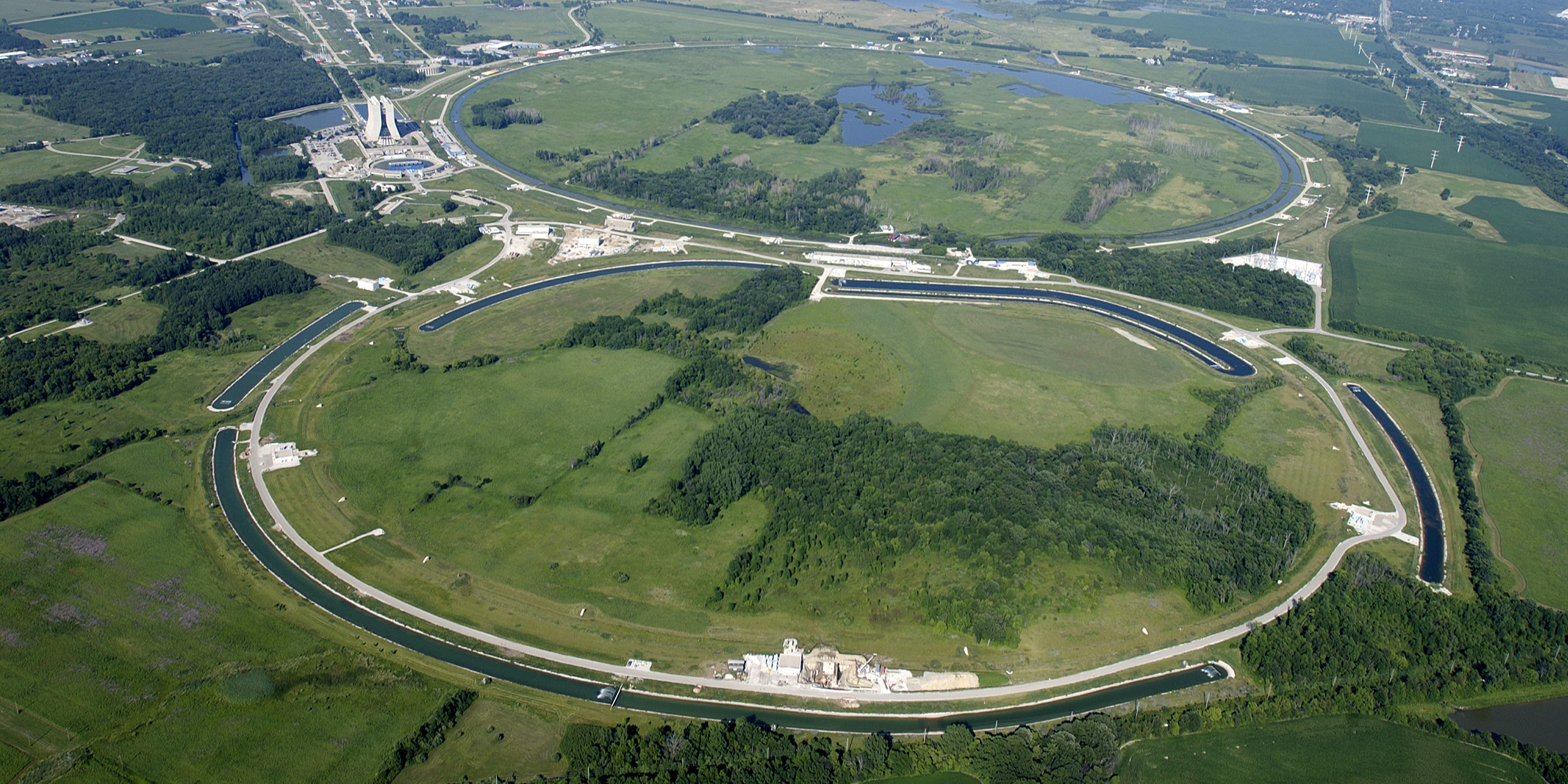Originally published 2 January 1984
Since early in the history of western philosophy, matter has been cast as the dross of creation, the chaff, the bottom link of the chain of being, the lowest rung on a ladder of value that reached from the ponderous center of the earth to the highest heaven.
It was a bum rap.
Twentieth Century physics has gone a long way toward rescuing matter from the philosophical doldrums. Recent investigations in high-energy particle physics suggest that the chain of being is more like a snake than a ladder, a snake that bites its own tail. Probing inside the atom, the physicist has encountered the universe of the galaxies.
At the beginning of the century the atom was imagined as little more than a tiny billiard ball, a stone or pebble writ small. In the physics of Neils Bohr the miniature billiard ball became something akin to a musical instrument, a finely-tuned Stradivarius ten billion times smaller than the real thing. With the advent of quantum mechanics, the musical instrument gave way to pure music.
In recent decades, physicists have uncovered elegant sub-atomic structures in that music. The simplest of the constituents of ordinary matter, the proton for instance, has taken on the character of a Bach fugue, a four-part counterpoint of matter and energy, space and time.
Remarkable progress has been made toward unifying our understanding of the forces that hold atoms and the universe together. New, highly speculative “super symmetry” theories promise to unite the electromagnetic-weak force and the strong force, and to bring gravity into the fold as well. This “grand unification” would realize Einstein’s dream of a single all-embracing theory of nature.
Already, astronomers and particle physicists are engaged in a vigorous dialogue. Astronomers are prepared to recognize that the large-scale structure of the universe may be determined by the subtlest resonances of subatomic matter. And particle physicists are hoping to find confirmation of their theories in the astronomer’s observations of deep space and time.
The primary instrument for the investigation of matter has been the particle accelerator, in which beams of accelerated particles are slammed into other particles at rest or made to collide with beams moving in the opposite direction. In the debris of these collisions, physicists search for the ultimate constituents of matter. By a strange irony, more and more powerful machines are required to probe matter at ever more delicate levels of structure.
Super accelerator
Currently, the most energetic of these machines is the superconducting proton synchrotron now gearing up at the Fermi National Accelerator Center near Chicago. In recent tests, that machine reached energies of half-a-billion electron volts. (An electron volt is the energy that could be imparted to an electron or a proton by a single flashlight battery.) The Illinois machine is designed to accelerate protons to one trillion electron-volts in a ring of superconducting magnets three and a half miles in diameter.
However, recent prizes in high-energy physics have passed to the European Laboratory for Particle Physics (CERN), near Geneva. The CERN machine was the first operational accelerator to reach energies of several hundred billion electron volts. In 1983 the Geneva lab announced the discovery of the elusive W and Z0 particles. The discovery provided stunning verification of the electromagnetic-weak interaction theory (which predicted their existence), and gave a considerable boost to the morale and prestige of European particle physics.
The discovery of the W and Z0 particles at Geneva has spurred US physicists in their efforts to build the biggest machine yet. The Department of Energy’s High Energy Physics Advisory Panel has recommended that US physicists proceed immediately with a 12-year effort to build a multi-billion dollar “superconducting supercollider” that would be by far the biggest and most expensive scientific instrument in history.
The proposed machine will be enclosed in a buried ring with a diameter of 60 miles. It has been dubbed “Desertron,” because it could only be built in the flat deserts of the American southwest. It will accelerate twin beams of protons to twenty trillion electron volts and smash them head on. In the rubble of these titanic atomic collisions the physicists hope to find clues that will lead them to the “grand unification” of forces, and to an understanding of the origin and structure of the universe.
Physicists have discovered that matter is a thing of astonishing texture and beauty — building block and architect, music and composer. They hope that by probing matter on the smallest possible scale they will be drawn into closer contemplation of ultimate mysteries that have long intrigued mystics, philosophers and scientists alike. What is the universe? Where did it come from? Where will it go? And what is this thing called life that dances on the surface of matter like flame on a burning bush?
The construction of the Superconducting Super Collider, or “Desertron,” was cancelled by the U.S. Congress in 1993. Since that time, the Large Hadron Collider, operated by CERN in Europe, has enabled further new discoveries in particle physics. ‑Ed.



